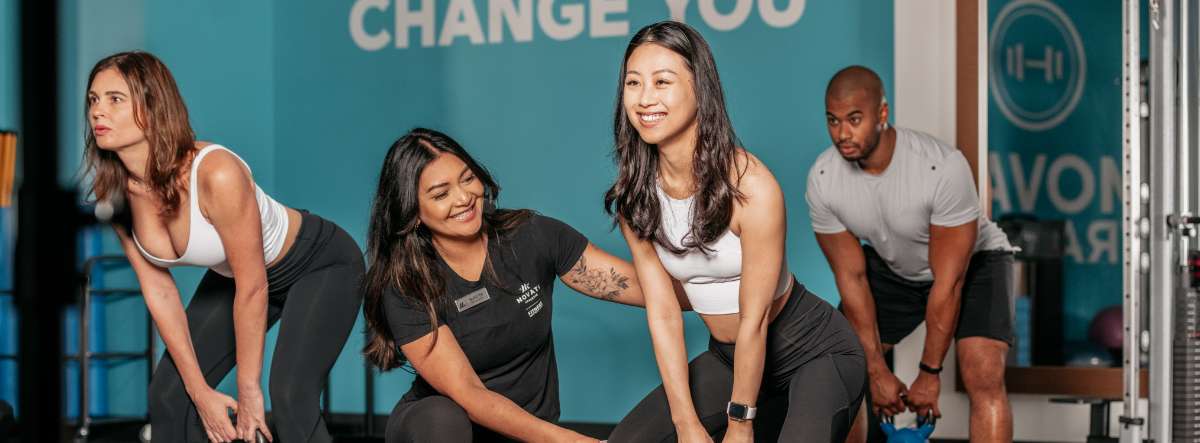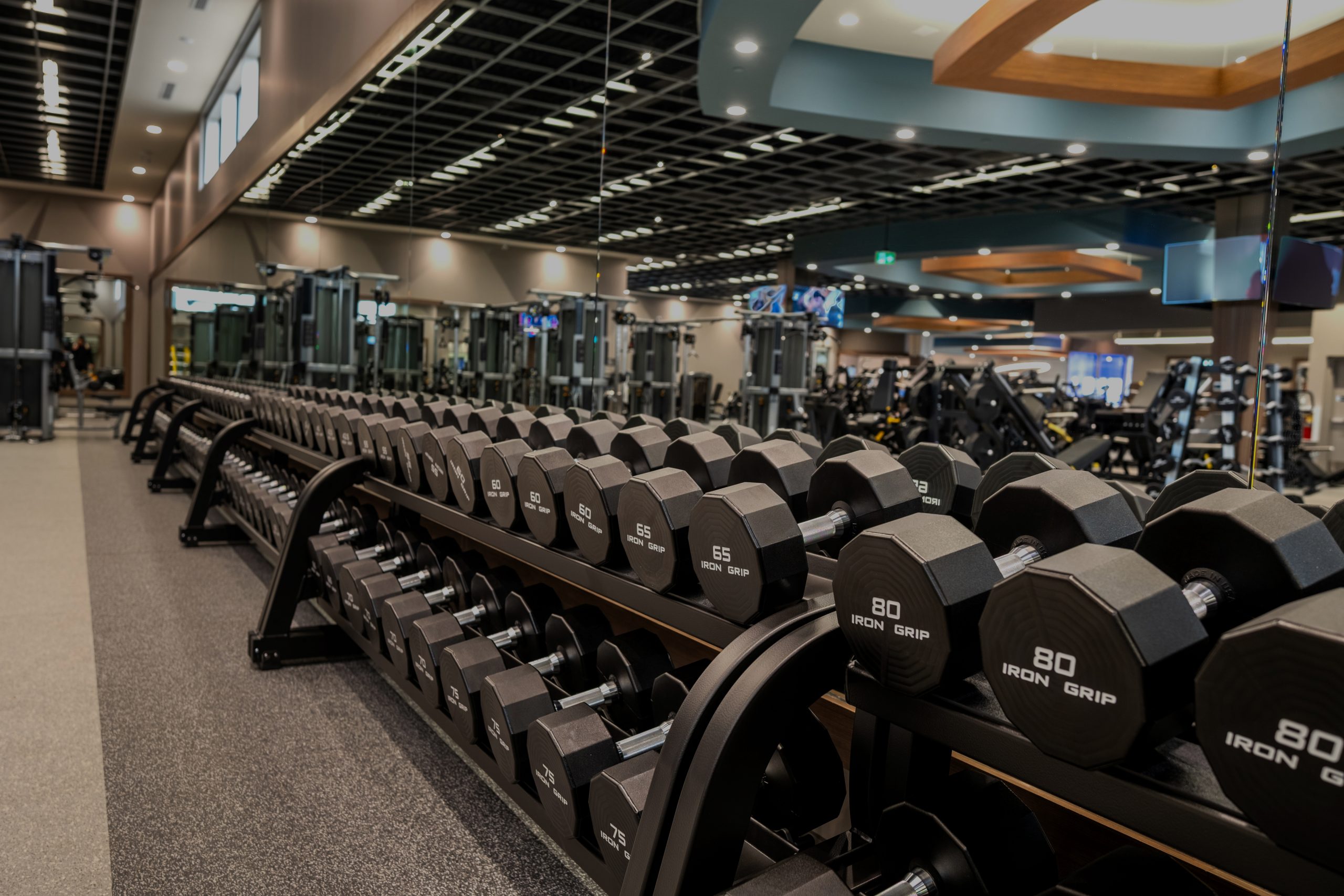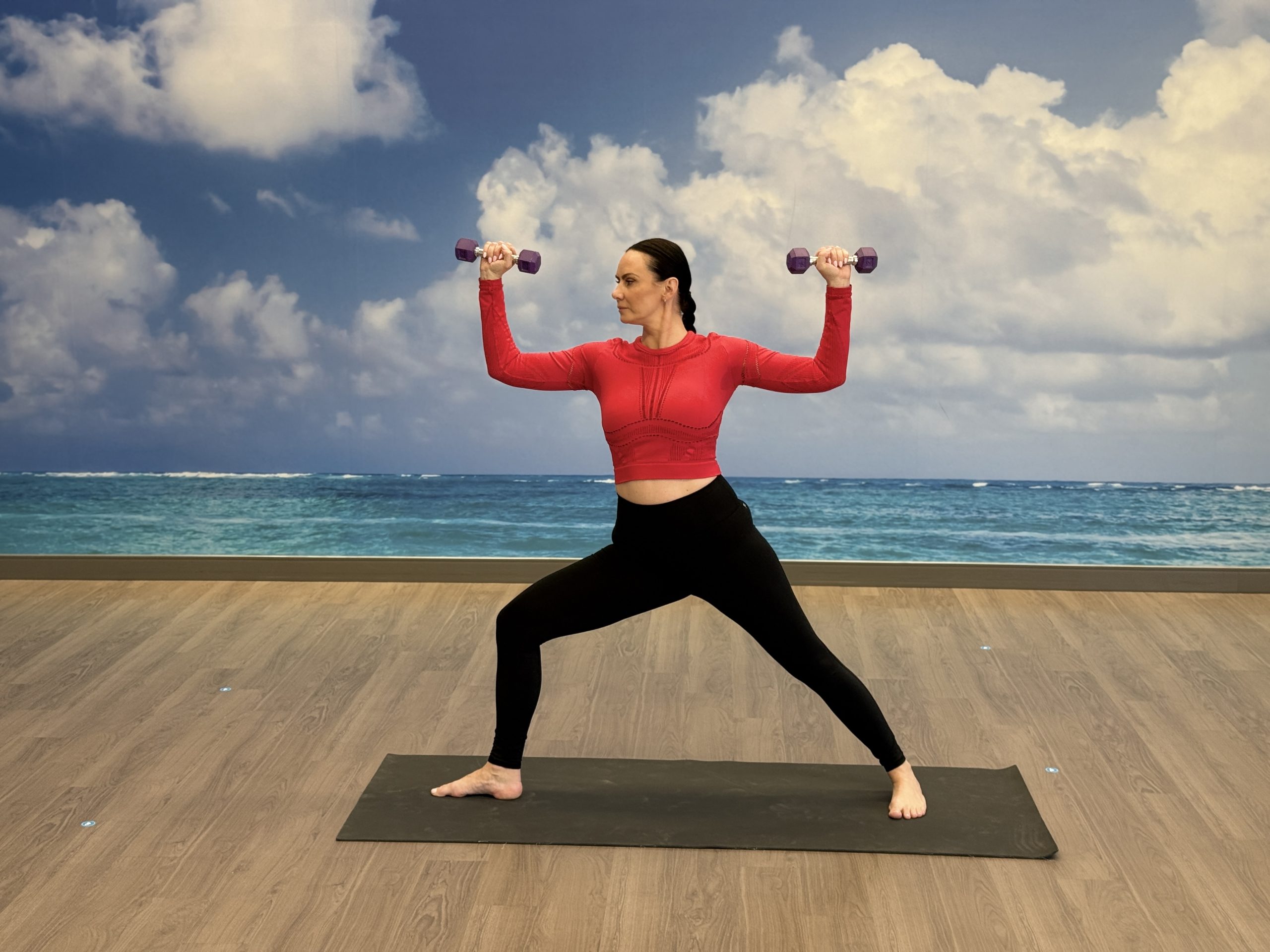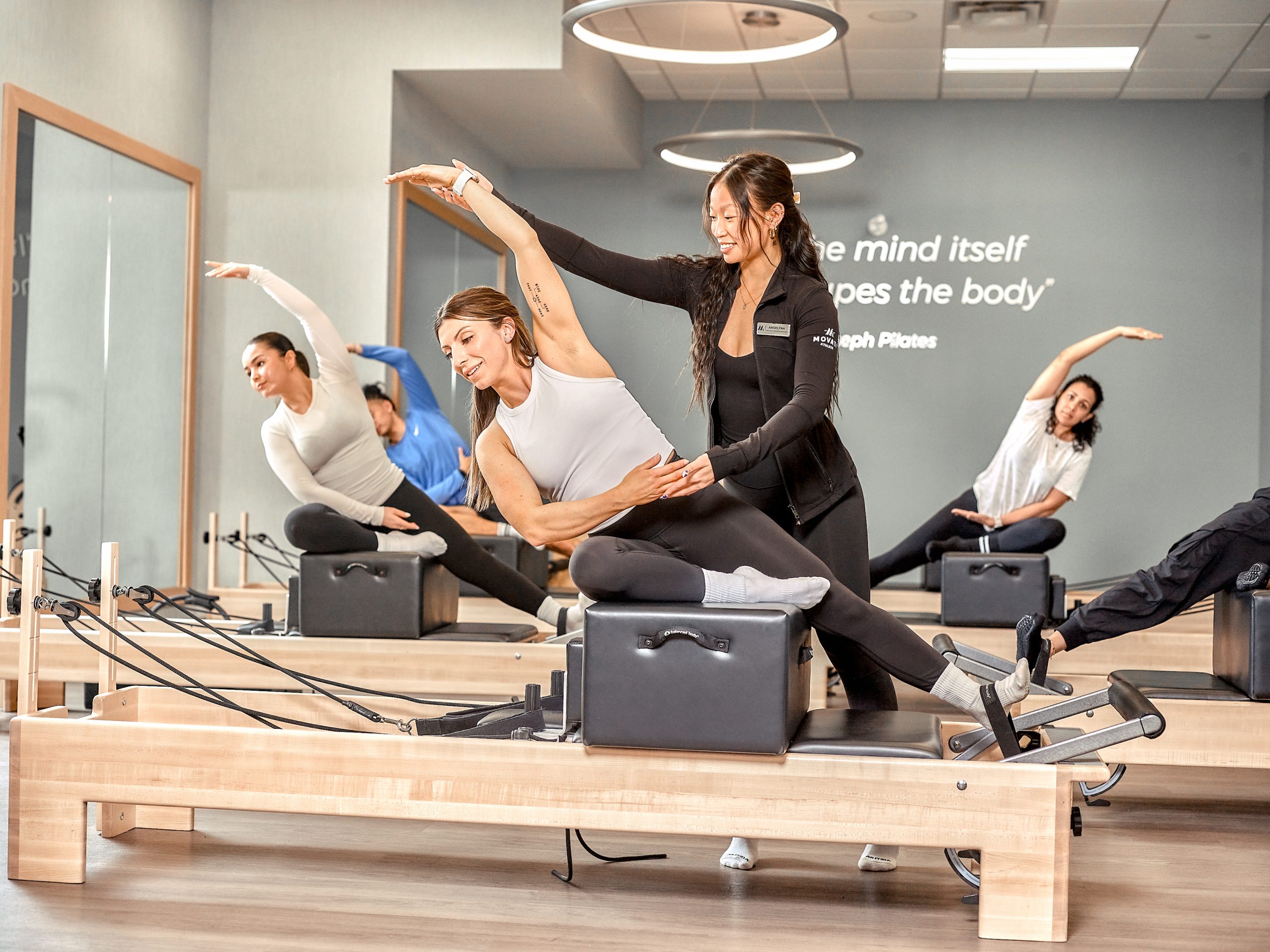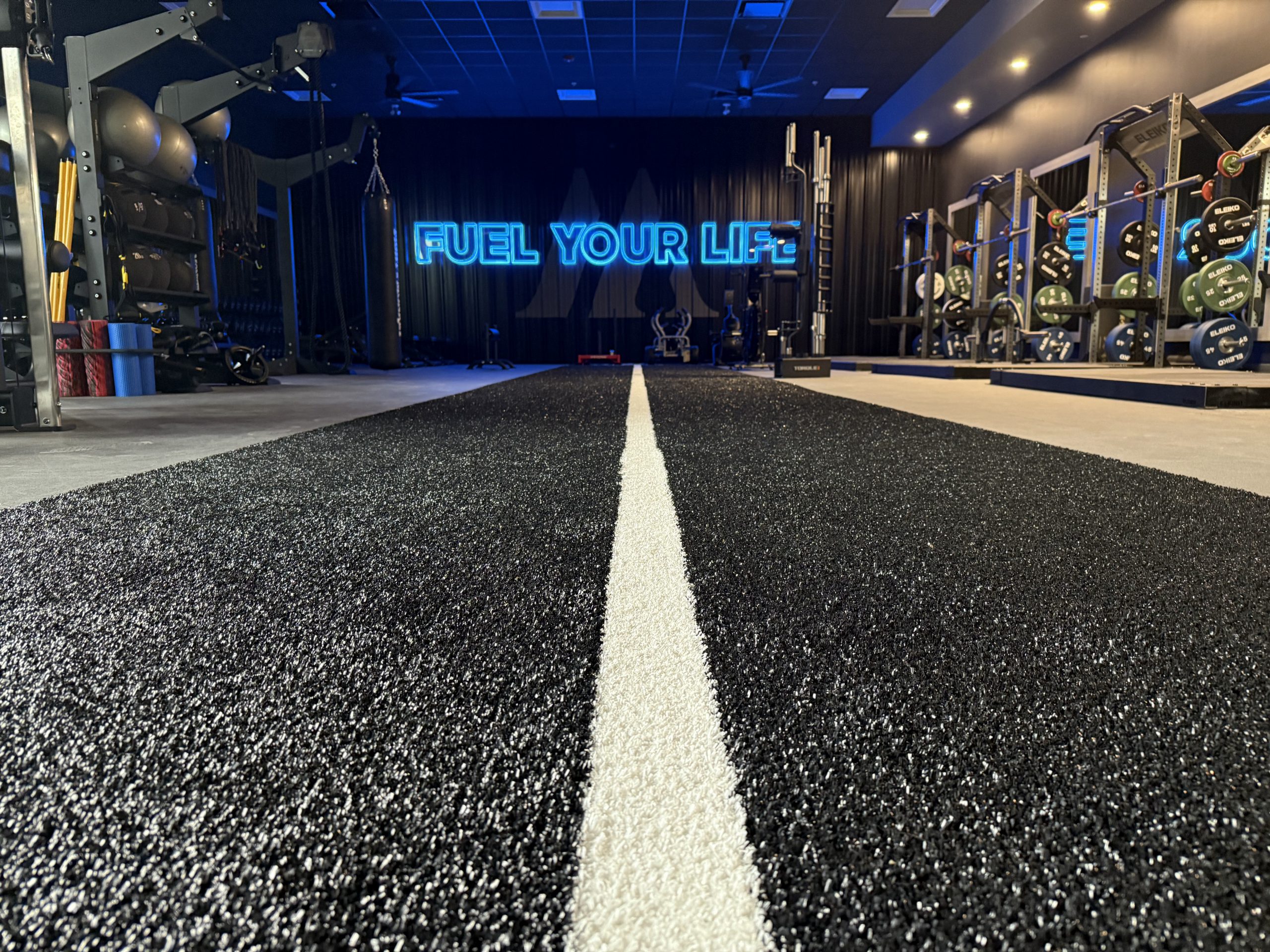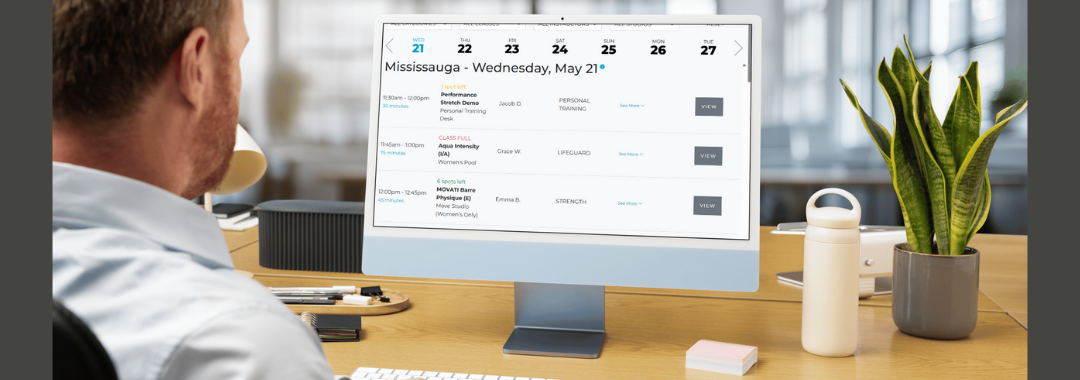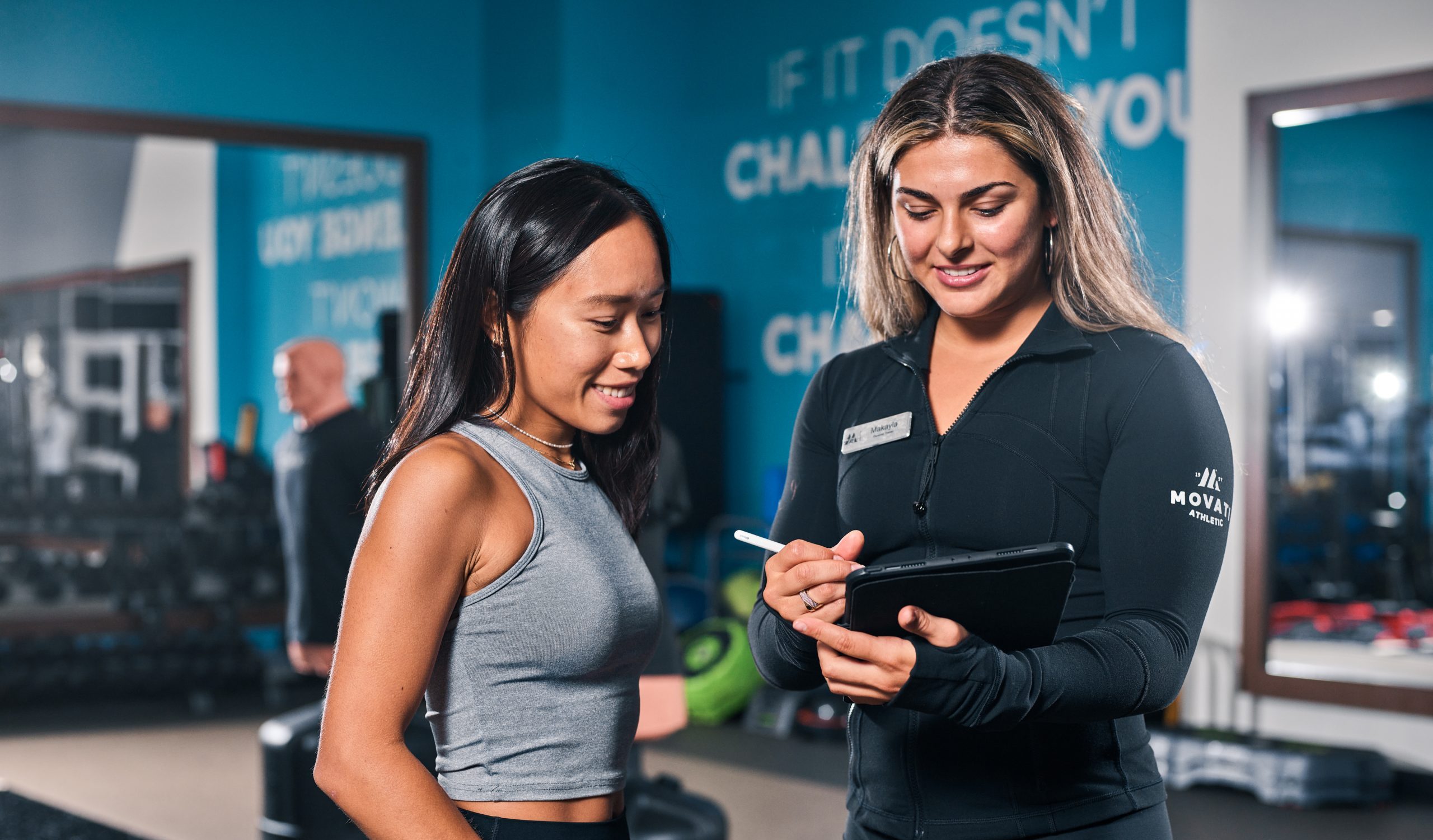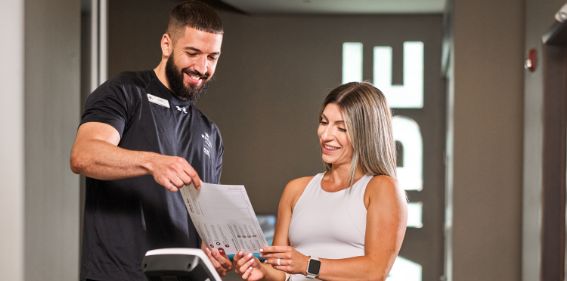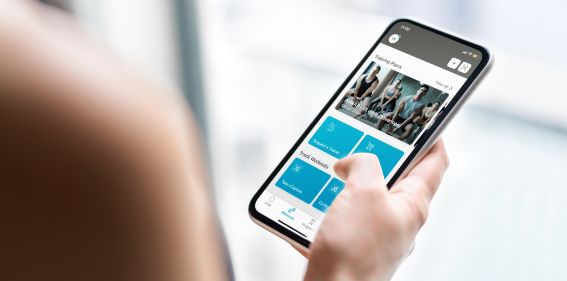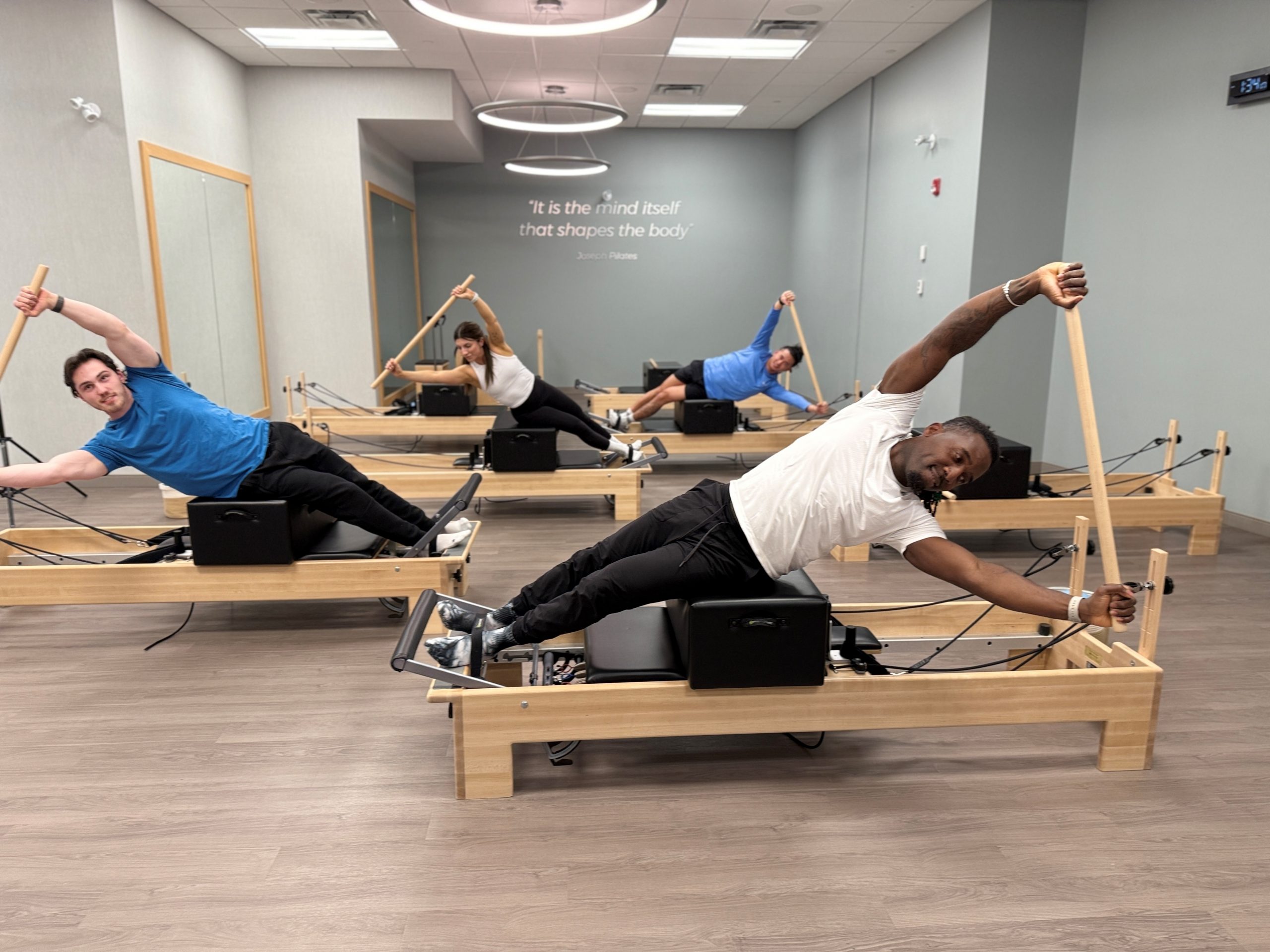As Certified Performance Coaches
As certified performance coaches, we have an obligation to our clients—to encourage them, to make them better, to push them beyond their limits, and to keep them safe while doing it.
What makes us, as fitness professionals, different from the average fitness enthusiast trying to help their friends is the knowledge and education we work so hard to keep up to date. That extensive knowledge of exercise science should be reflected in every exercise program we design for our clients. Yet, all too often, we see the same techniques applied across the board, regardless of the client’s individual fitness goals. Today, we’re going to go over a method for optimizing your programming to ensure you aren’t just giving clients the same cookie-cutter plan they could find online.
You are the secret sauce. Equipped with the tools you gained through your certification, you’re in a unique position to create real, positive change in your clients’ lives. And that’s a special responsibility. Sometimes, though, even the best of us run out of ideas. So, what do you do when you feel tapped out when trying to create unique programs? The answer comes down to your process.
To Start, It’s All About Listening
Anyone can go online and find a workout program. What clients get from you—and not from random articles—is your expertise, knowledge, and experience. Whether you’re aiming to be the rockstar trainer at your gym or building your own training business, everything begins with listening.
What are their goals? What motivates them? Have they tried before? Do they have injuries or health conditions? These may seem like obvious questions, and while many trainers ask them, far too many only listen passively—waiting for their turn to talk instead of truly hearing what their clients need.
Some argue that you should begin with a fitness assessment right away. But what’s the point of a standard test if the client can’t even perform some of the movements? Training isn’t just about writing workouts; it’s about accountability and support.
So, listen carefully. Investigate their triggers. Where are they vulnerable? What causes them to eat off-plan? What makes them skip workouts? What exercises do they hate—and avoid? What strategies can they use to push through tough moments?
Most clients end up leaving not because they dislike their trainer, but because they feel stagnant or don’t see results. Learning what makes them tick—and what could derail them—allows you to address issues early and keep them on track. Listen well, and you’ll set the stage for long-term success.
Start with a Plan
Like artists, trainers need a process. Your programming shouldn’t be templated, but your process can be. Once you’ve listened and learned about your client’s goals and needs, you can begin developing their individualized plan.
A successful process typically looks like this:
-
Listen to their goals and needs.
-
Determine exercise metrics aligned with those goals.
-
Conduct a fitness assessment based on those metrics.
-
Design programming targeted to improvement.
-
Re-test at regular intervals.
-
Adapt programming based on progress.
-
Repeat as they grow stronger and more capable.
Beyond the gym, incorporate lifestyle factors into the plan.
-
Do they sit at a desk all day? Build in strategies to help them move more often.
-
Do they already walk their dogs daily? Encourage longer or more frequent walks.
This type of customization is where your expertise shines. Your certification and process allow you to deliver value clients can’t get anywhere else.
Finding the Right Metrics
Standard fitness assessments measure things like heart rate, strength, balance, and endurance. These are valuable, but your clients’ goals should shape your assessments.
Sometimes, you’ll need to push back. For example, if a client wants to bulk up but has never done structured strength training, they’ll need to start with the basics to avoid injury. Show them the roadmap: explain that foundational work is the stepping stone to advanced training.
If a client wants fat loss, you know resistance training to increase basal metabolic rate is key. Beginners might start with push-ups or squats, while more advanced clients may take on complex strength and conditioning exercises. The important part is tailoring the work to their goals while keeping it safe and progressive.
Don’t abandon the fundamentals of assessments, but always frame them in ways that make sense for your client’s unique objectives. This reinforces that you’ve listened and are customizing the journey for them.
Programming for Success and Communication
Once you’ve conducted the assessment, you’re no longer working with a blank slate. From day one, your programming should be guided by that baseline. Improve all aspects, but give extra attention to their weakest areas.
At each step, explain the “why” behind what you’re doing. Demystifying the process builds trust, improves adoption, and makes clients more confident in you as their trainer.
The fitness industry has a problem with “rinse, recycle, repeat” templates. That may work for group classes or large health clubs, but personal training is different. Clients choose you because they want something tailored. If they’re paying for your expertise, they should see it reflected in their program.
Finally, stick to the process. Re-administer fitness assessments every six weeks or so. Track progress, identify plateaus, and adjust as needed. If a client is improving in one area but stalling in another, tweak the plan.
This process is more involved, but it’s worth it. Not only will clients see their progress—they’ll feel it, and that’s what keeps them motivated and invested in the journey.
Join MOVATI Today and get Started with this Special Offer. Already a member? Get customized programming and improve your mobility and recovery by consulting with one of our Performance Coaches in club and complete your Game Plan Session or join seminars with one of our fitness professionals.
Story Credit: Milad Emadi, Director, Performance Coaching, MOVATI Athletic
*MOVATI’s trainers and/or consultants are not health care providers, and do not provide any medical diagnosis, treatment or advice, and any trainer and/or consultant tips are not intended to replace the advice of a health care professional.
